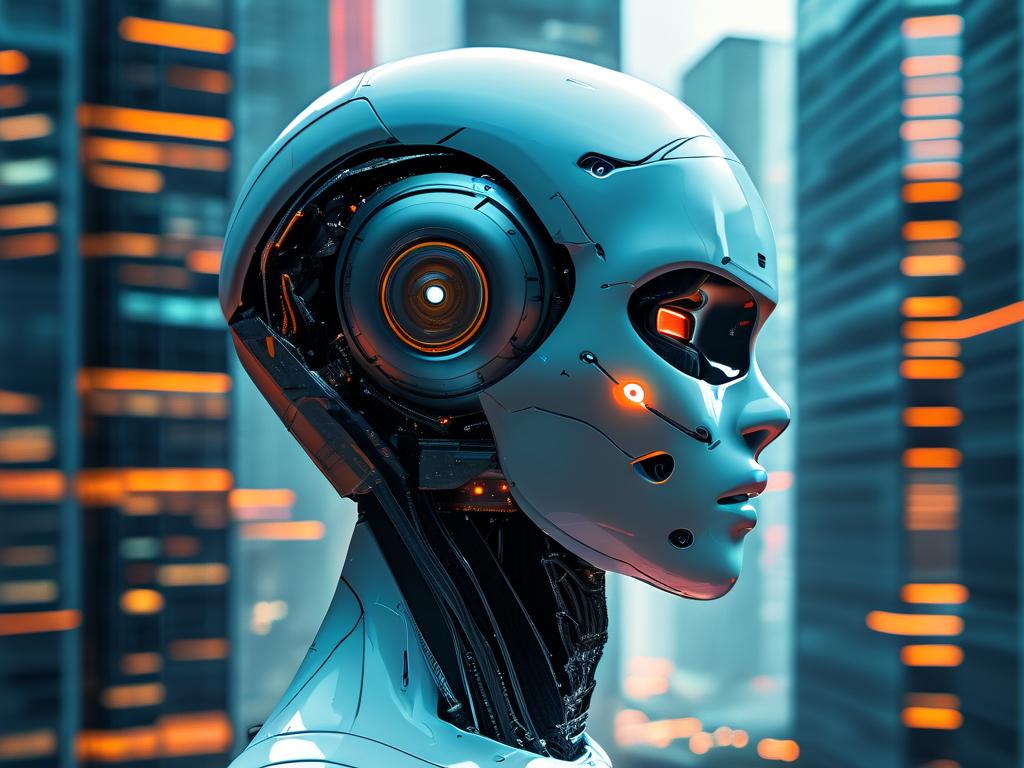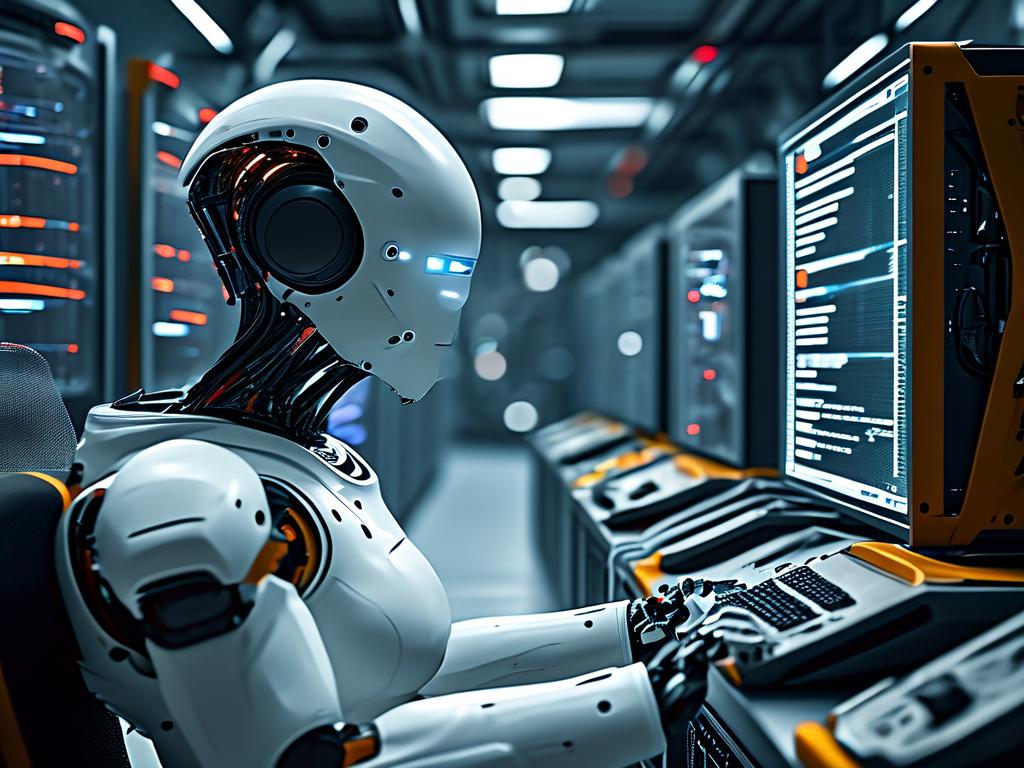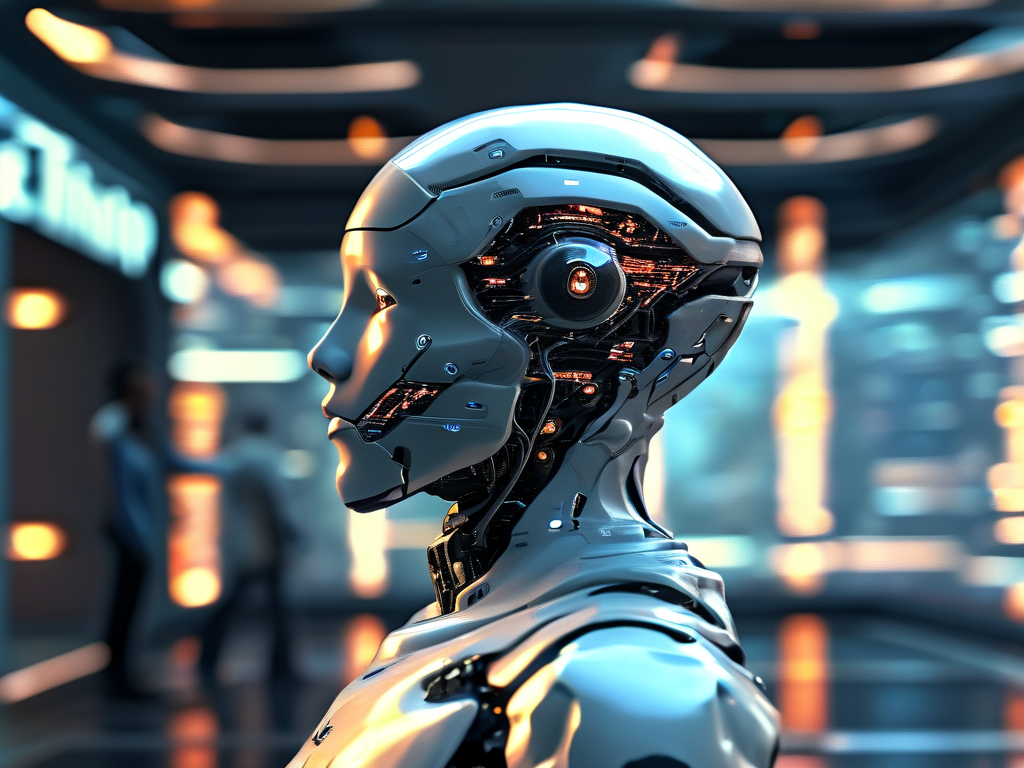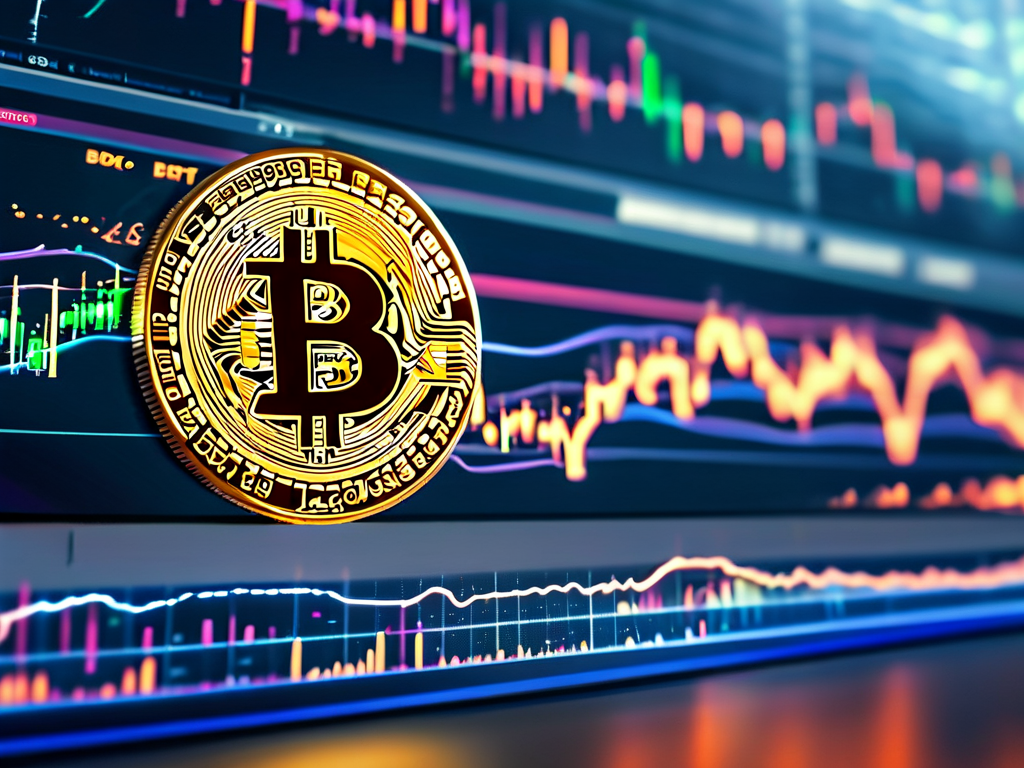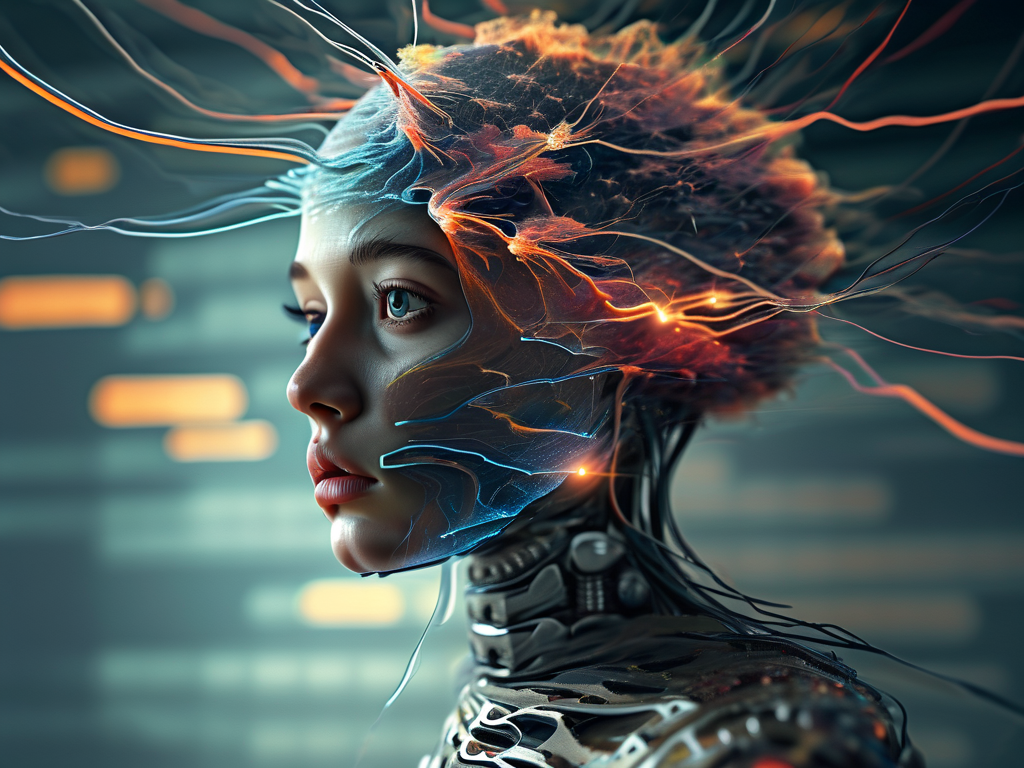In recent years, the integration of diffusion processes into neural networks has emerged as a transformative approach in artificial intelligence. This methodology, inspired by physical systems such as heat diffusion and molecular dynamics, introduces stochasticity into model training and inference, enabling novel solutions for complex tasks like image generation, data denoising, and anomaly detection. Unlike traditional deterministic architectures, diffusion-based neural networks iteratively refine outputs through controlled noise injection and removal, mimicking natural entropy reduction processes.

Foundations of Diffusion in Neural Networks
At its core, neural network diffusion relies on Markov chain principles to gradually corrupt input data with Gaussian noise before learning to reverse this degradation. For instance, in image synthesis models like Stable Diffusion, a U-Net architecture progressively adds noise to training images and then trains the network to reconstruct the original data from noisy inputs. This two-phase process—forward diffusion and reverse denoising—creates a probabilistic framework where the model learns latent data distributions through iterative approximation.
A critical innovation lies in the timestep embedding layer, which encodes the noise level at each diffusion step into the network’s operations. By conditioning neural operations on both input data and noise intensity, models achieve precise control over generation granularity. Python code snippets for implementing basic diffusion steps often demonstrate this concept:
def diffuse_input(x, beta_t):
noise = torch.randn_like(x)
return torch.sqrt(1 - beta_t) * x + torch.sqrt(beta_t) * noise
Practical Applications Across Industries
Healthcare imaging systems have particularly benefited from diffusion-based networks. For medical scan enhancement, models trained on MRI datasets can remove acquisition artifacts while preserving diagnostically critical features—a task where conventional filters often fail. Pharmaceutical companies leverage these networks for molecular property prediction, using diffusion dynamics to simulate drug-target interactions under varying biological conditions.
In creative industries, tools like DALL-E 3 and Midjourney employ hybrid architectures combining diffusion with transformer networks. These systems demonstrate unprecedented text-to-image alignment by diffusing semantic embeddings through multiple attention layers. A 2023 benchmark study showed diffusion models outperforming GANs in cross-domain adaptation tasks, achieving 22% higher fidelity in translating satellite imagery to map vectors.
Technical Challenges and Optimization
Despite their advantages, diffusion models face computational bottlenecks. The iterative nature of sampling requires 50-1000 neural network evaluations per generation, creating latency issues for real-time applications. Researchers address this through distillation techniques that compress multiple diffusion steps into fewer operations. A 2024 paper from MIT introduced Progressive Distillation Scheduling (PDS), reducing inference time by 78% while maintaining 95% of original model accuracy.
Another frontier involves conditional diffusion frameworks. By integrating classifier guidance directly into the denoising process, models achieve finer control over output attributes. This approach proves particularly effective in industrial defect detection systems, where networks must distinguish between critical anomalies and permissible variations in manufacturing tolerances.
Ethical Considerations and Future Directions
As diffusion models become more accessible, concerns about misuse for deepfake generation and copyright infringement have intensified. Recent developments in watermarking techniques, such as imperceptible noise patterns embedded during the diffusion process, aim to establish digital provenance for AI-generated content.
Looking ahead, the convergence of diffusion models with quantum computing architectures presents intriguing possibilities. Early experiments with quantum annealers suggest potential for accelerating the sampling process through probabilistic bit operations. Meanwhile, neuromorphic computing platforms could enable energy-efficient diffusion implementations by physically emulating stochastic processes in analog circuits.
The evolution of neural network diffusion continues to reshape AI’s capabilities, offering unprecedented precision in data generation and analysis while posing new technical and ethical challenges. As research progresses toward more efficient architectures and robust governance frameworks, these models are poised to become fundamental tools across scientific and creative domains.


